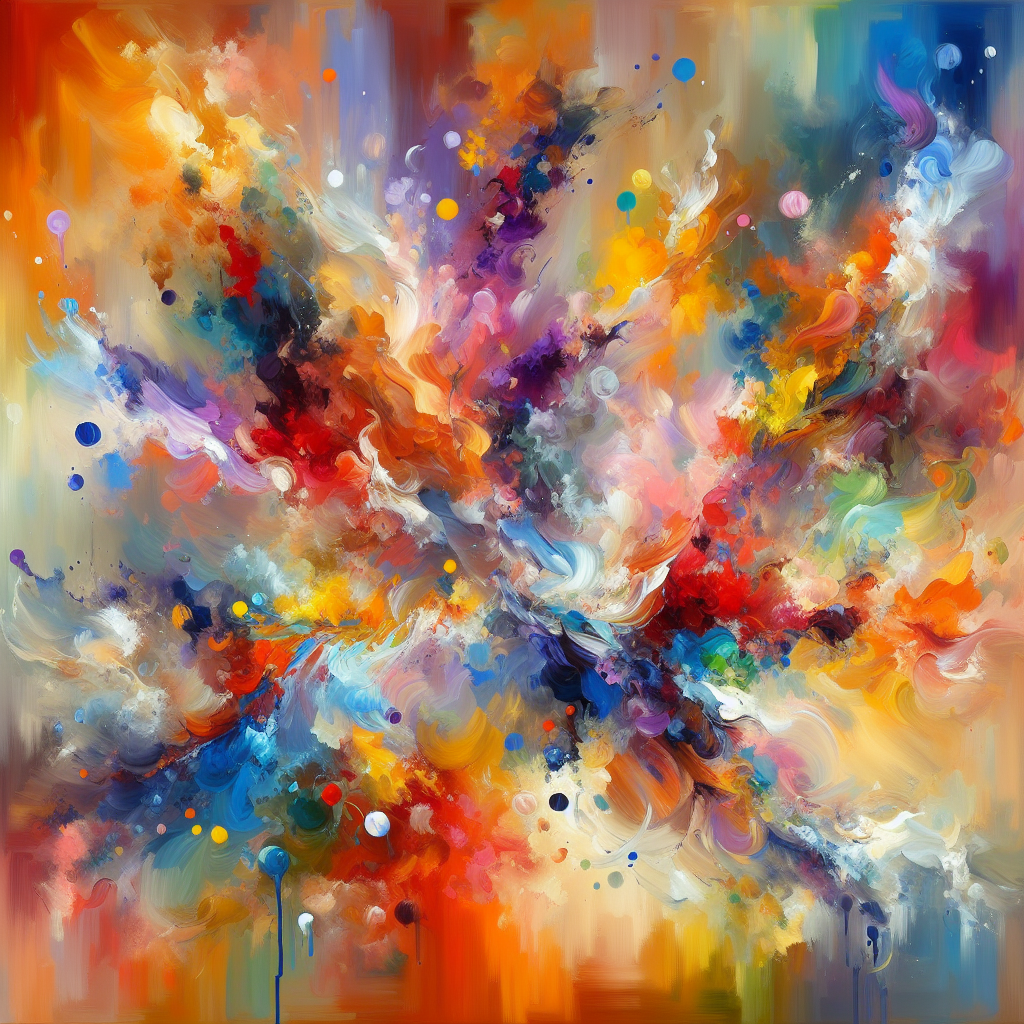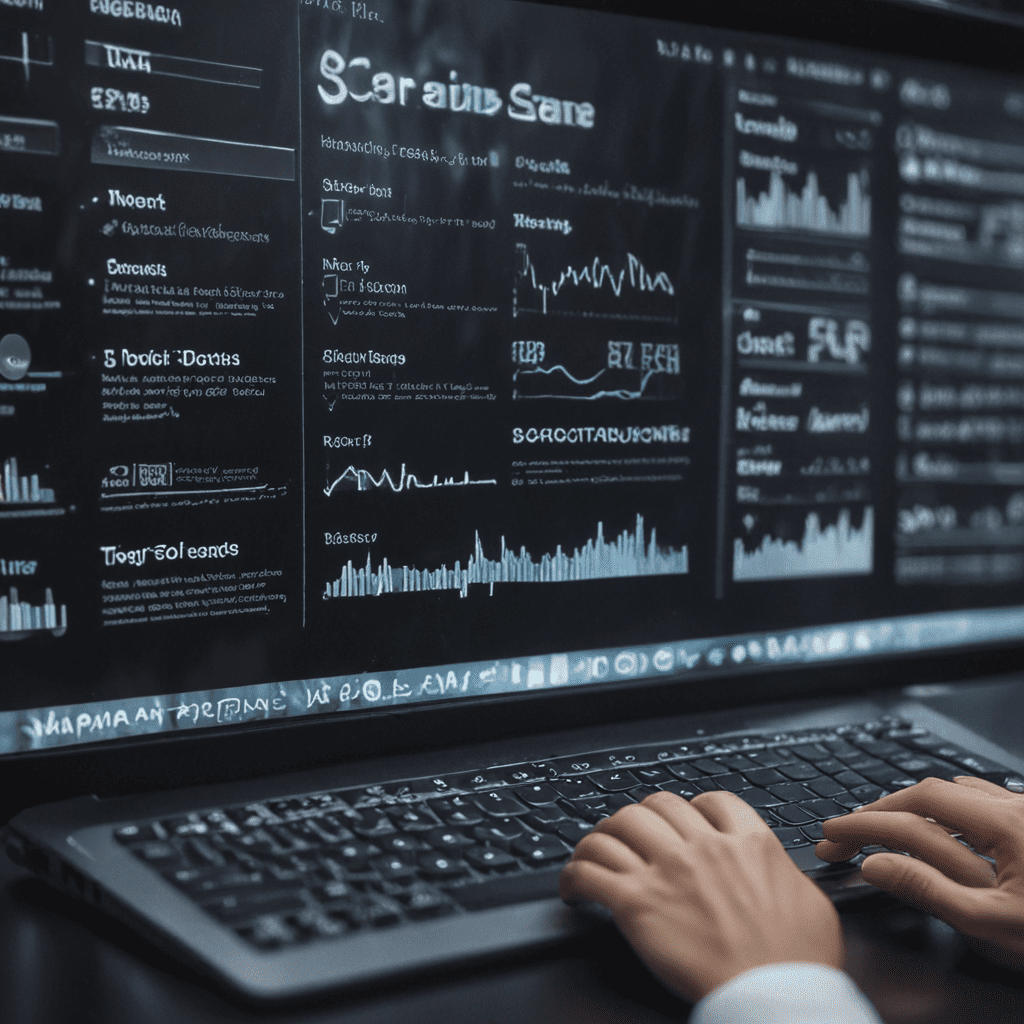
Unlocking the Possibilities of AI in Art Creation
Introduction
The intersection of artificial intelligence (AI) and art creation has captured the interest and imagination of creators, technologists, and art enthusiasts alike. AI has become a powerful tool that allows artists to explore new boundaries, break traditional norms, and unlock unparalleled creative possibilities. From generating unique artworks to enhancing the creative process, AI has emerged as a disruptive force in the art world. In this article, we will explore the key concepts of AI in art creation and discuss its future implications.
Key Concepts of AI in Art Creation
Concept 1: AI-generated Artworks
Using generative algorithms, AI can create unique artworks that challenge conventional notions of creativity. By analyzing vast amounts of existing artwork and learning patterns and styles, AI algorithms can generate new images, paintings, sculptures, and even music. This opens up a world of possibilities for artists who can collaborate with AI to create entirely new and innovative pieces.
Concept 2: AI as a Collaborator
AI is not just a tool; it can be an active collaborator in the art creation process. Artists can harness the power of AI to experiment with different styles, techniques, and ideas. By training AI models on their own artwork or other references, artists can receive suggestions, variations, and alternative perspectives, effectively expanding their creative capabilities. AI becomes a partner that enhances the artist’s vision and pushes the boundaries of creativity.
Concept 3: Augmenting Artistic Skills
AI can also be utilized to augment an artist’s skills by providing automated assistance in various areas of the creative process. For example, AI-powered tools can help with color selection, composition, and even suggest improvements or adjustments to a piece. This allows artists to focus on the core aspects of their work and rely on AI for mechanical or repetitive tasks.
Concept 4: Audience Engagement and Personalization
AI can revolutionize the way art is experienced by the audience. Through immersive technologies like virtual reality (VR) and augmented reality (AR), AI can create interactive and personalized art experiences. AI algorithms can analyze the viewer’s preferences, mood, or even physiological responses and adapt the artwork accordingly, creating a truly personalized and engaging experience.
Future of AI in Art Creation
As AI continues to evolve and advance, its impact on art creation is expected to increase significantly. Here are some tips on how artists and enthusiasts can embrace the future of AI in art:
- Embrace Collaboration: See AI as a creative partner rather than a threat. Collaborate with AI systems to explore new possibilities, experiment with unique styles, and push the boundaries of traditional art forms.
Continuously Learn and Adapt: Stay updated with the latest advancements in AI technology and its applications in art creation. Embracing new tools and techniques will allow artists to stay at the forefront of this exciting field.
Ethical Considerations: As AI becomes increasingly involved in the art creation process, ethical considerations need to be taken into account. Artists and developers should be mindful of the potential biases embedded in AI systems and ensure transparency and fairness.
Explore Emerging Styles: AI in art creation is not just limited to traditional forms. Explore emerging styles like neural art, deep dream, or AI-generated music to discover new creative territories and inspire innovation.
FAQs about AI in Art Creation
Can AI replace human artists?
AI can generate art, but it cannot replicate the unique perspective, emotions, and experiences that human artists bring to their work. AI should be viewed as a tool that augments human creativity rather than replacing it.Is AI-generated art less valuable than traditional art?
The value of art is subjective and dependent on various factors. AI-generated art can be appreciated for its uniqueness and the creative process involved in training the AI models. The value lies in the artist’s ability to harness AI as a creative tool.Will AI eliminate the need for art education and training?
AI can provide assistance and new avenues for artistic expression, but art education and training remain invaluable. Developing a deep understanding of the fundamentals, art history, and mastering traditional techniques is still crucial for artists to create meaningful and impactful artworks.How can AI impact the art market?
The art market is evolving with the rise of AI-generated art. Collectors and art enthusiasts are exploring and embracing AI-generated artworks as a new form of artistic expression. This presents both opportunities and challenges for artists, collectors, and the art market as a whole.
Conclusion
The integration of AI in art creation allows artists to explore uncharted territories, experiment with new techniques, and challenge traditional artistic norms. From AI-generated artworks to collaborative tools, AI has opened up a world of possibilities in the realm of creativity. With continuous advancements and a thriving community of artists and technologists, the future of AI in art creation is filled with immense potential. Embrace the synergy between AI and art, and let your imagination soar to new heights.


